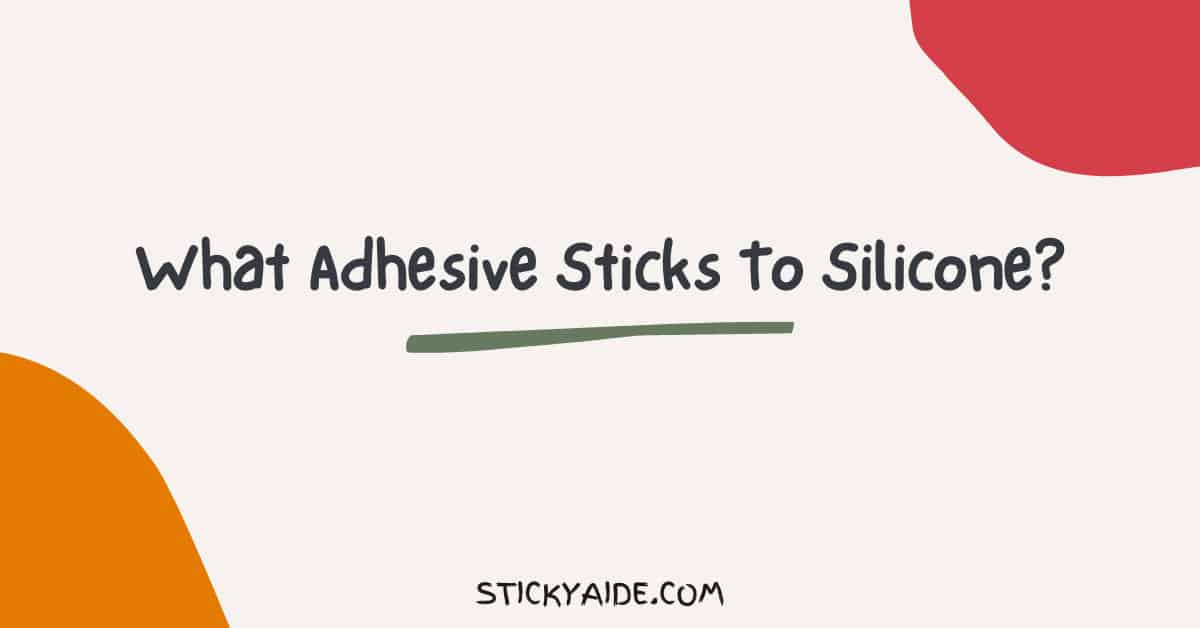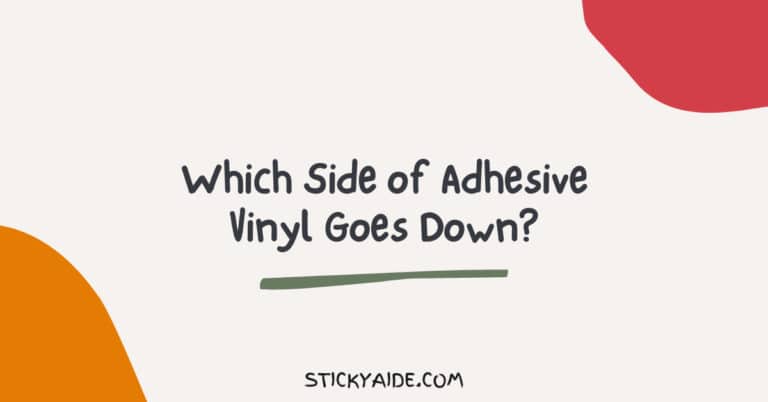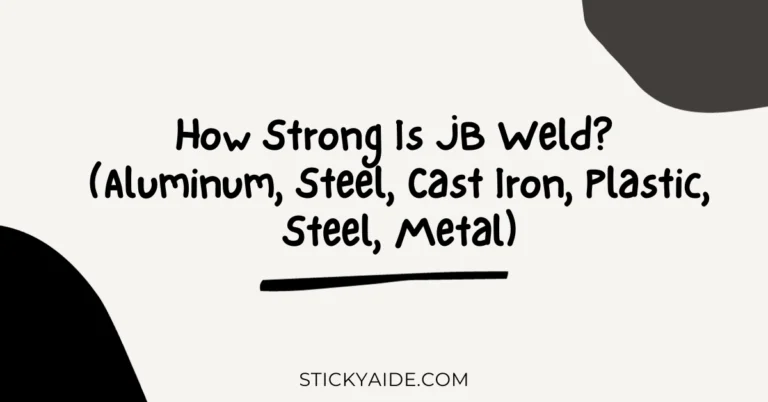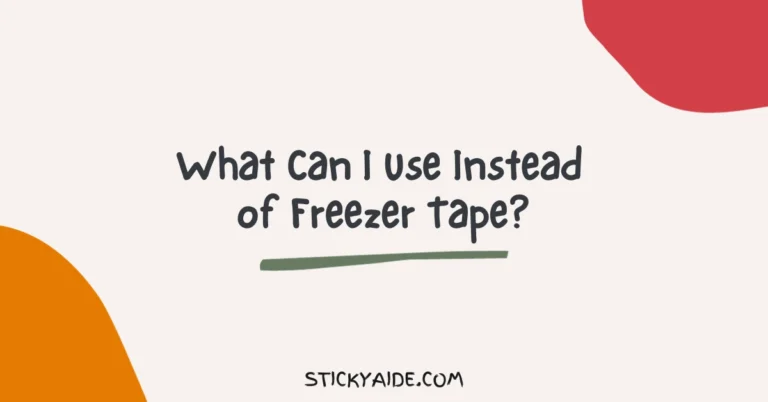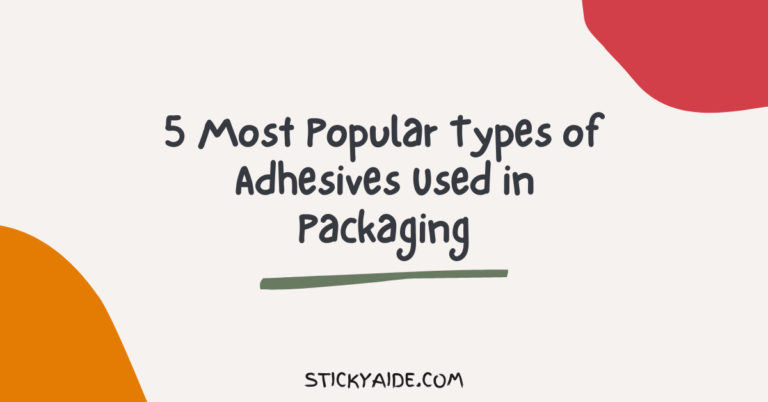Isn’t it a puzzler when you’re in the middle of a DIY project, and you hit a wall – or rather, a silicone wall?
One of the trickiest aspects of working with silicone materials is finding an adhesive that can effectively bond to it.
So if you ask, “What adhesive sticks to silicone?” you’re certainly not alone.
This article aims to illuminate that question and provide some feasible solutions for all you DIY enthusiasts and professionals out there.
Read More: Best Silicone Adhesive For Plastic
Read More: GE Silicone 1 Vs. 2
What Adhesive Sticks To Silicone?
Before diving into the list of adhesives, let’s first unpack why this question is so tricky. Why is it challenging to find an adhesive that sticks to silicone?
To understand this, we need to delve into the characteristics of silicone and how these qualities impact its compatibility with adhesives.
Exploring The Characteristics Of Silicone
Silicone is widely used in various industries due to its flexibility, heat resistance, and waterproof properties.
However, these beneficial qualities also make it a tough cookie to crack when bonding.
Understanding Silicone’s Non-stick Nature
Silicone’s non-stick nature is a double-edged sword. On the one hand, it’s fantastic for applications like baking mats and cookware, where you don’t want food sticking.
On the other hand, it can be a real pain in the neck when you’re trying to glue it to something.
Why Silicone Is Difficult To Glue
Silicone is inherently non-porous. This means most adhesives, which work by soaking into pores and creating a bond, can’t get a foothold on silicone. It’s like trying to nail Jell-O to a wall – not an easy task!
The Five Champions: Glues That Bond With Silicone – An In-Depth Look
Let’s jump right into our deep dive on these potential solution providers for the all-important question: “What sticks to silicone?“
Silicone Adhesive
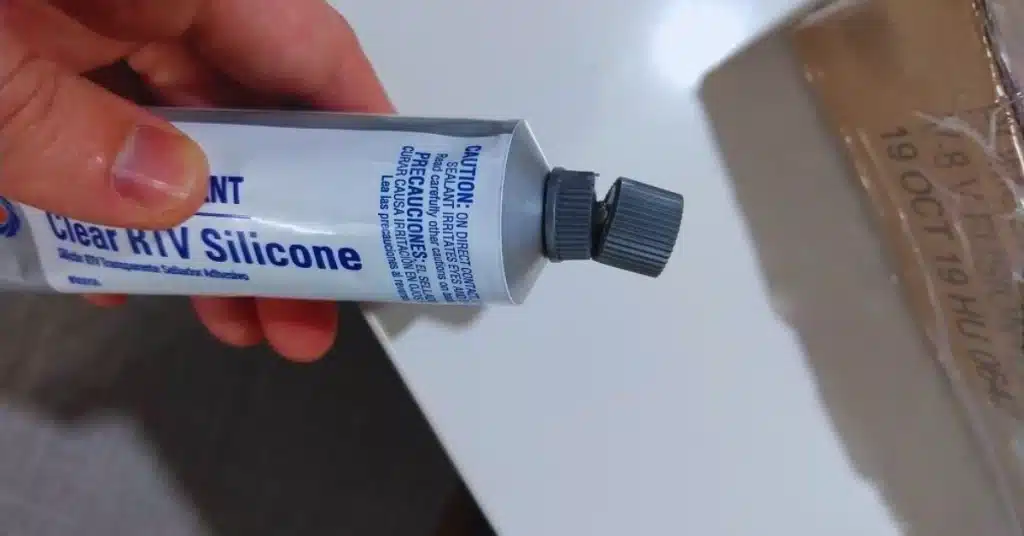
The phrase “like cures like” rings true regarding silicone adhesive. As the name suggests, this adhesive is formulated to work specifically with silicone, boasting a fantastic compatibility rate with this tricky material.
Silicone adhesive is designed with a particular consistency, allowing it to stick well to silicone surfaces.
The adhesive creates a robust, resilient bond that can withstand high temperatures and harsh weather conditions.
That’s right! It’s not easily perturbed by extreme heat or cold, making it ideal for indoor and outdoor projects.
One of the striking advantages of silicone adhesive is its flexibility post-application. It mirrors the silicone’s flexible nature, allowing the glued material to maintain its elastic properties.
This is particularly useful when working with items needing bending or flexing during usage.
Read More: Silicone Adhesive vs. Silicone Caulk
Epoxy Resin
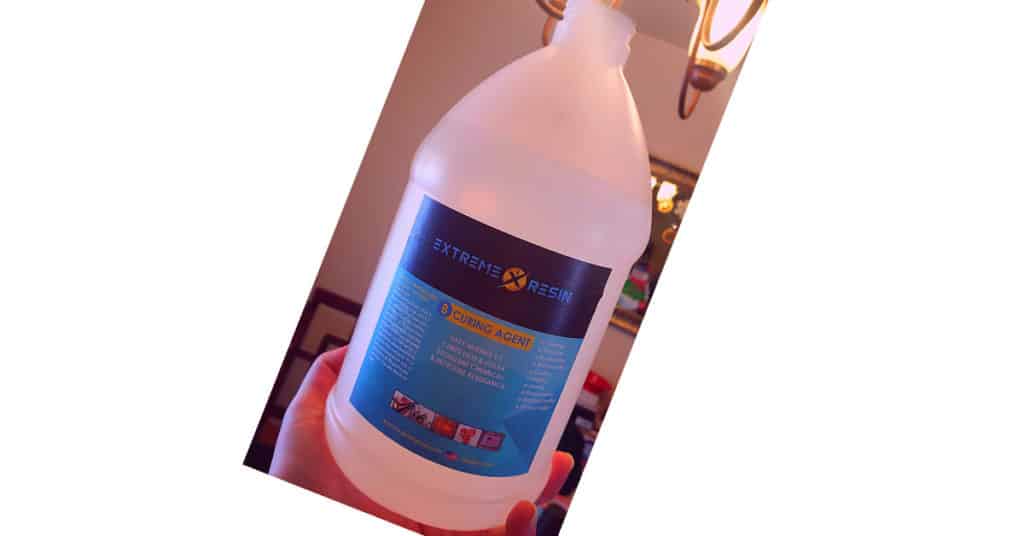
Next up on our list is epoxy resin. Given its wide range of applicability, it’s often regarded as a kind of ‘jack of all trades’ in the world of adhesives.
It’s a two-part system, meaning you mix a resin and a hardener before application.
Epoxy resin is known for creating a tough, rigid bond, making it a perfect choice for projects where flexibility isn’t a necessity.
Regarding bonding silicone, epoxy resin delivers a reliable and sturdy adhesion.
However, it’s essential to remember that the bond it forms is hard and inflexible.
If your silicone application needs to maintain flexibility, epoxy might not be your top pick.
Cyanoacrylate
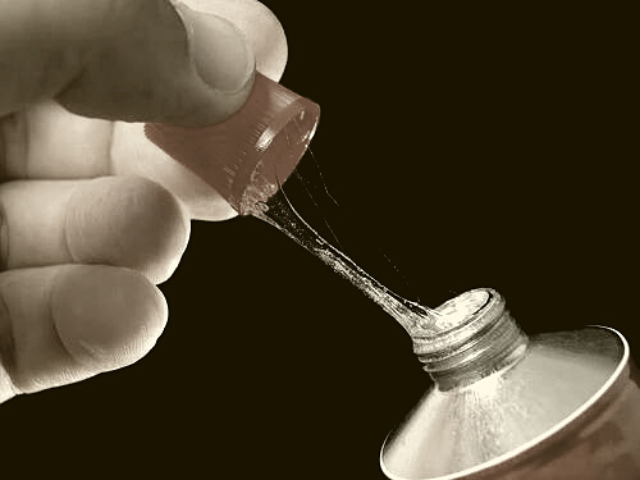
Commonly known as super glue, cyanoacrylate offers another solution to the silicone bonding conundrum. If you’re in a bind and need a quick fix, cyanoacrylate might be your best bet.
This adhesive is a one-part system, meaning it doesn’t require mixing, so it’s ready to use straight out of the bottle.
It sets rapidly, usually within a few seconds to a minute, which is why it’s favored for quick repair jobs.
While it can bond silicone, the strength of the bond is less robust than some of the other adhesives on this list.
Its effectiveness can also decrease over time, especially in high-stress or high-temperature applications.
Nonetheless, for small, non-critical repairs, cyanoacrylate does the trick.
Read More: Can Silicone Sealant Be Used As An Adhesive?
Polyurethane Adhesive
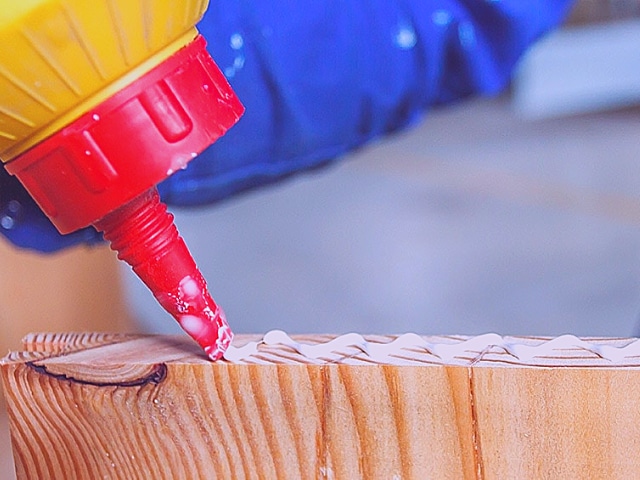
Polyurethane adhesive, unlike cyanoacrylate, is known for creating a strong, durable bond with silicone.
One of its shining qualities is its flexibility post-curing. This adhesive allows the bonded silicone to maintain its flexible properties, which is essential in many applications.
Another advantage of polyurethane adhesive is its ability to bond silicone to other materials.
If you’re working on a project that requires bonding silicone to materials like plastic, metal, or wood, polyurethane adhesive could be your best friend.
This adhesive is also resistant to water, heat, and cold, making it a solid choice for outdoor applications.
Acrylic Adhesive
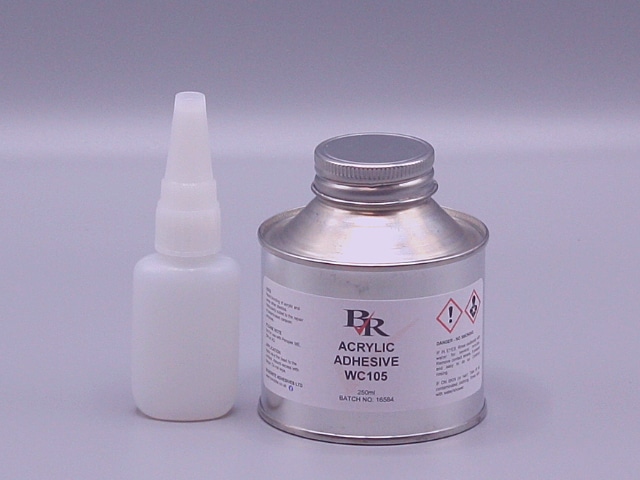
Last but not least, we have acrylic adhesive. This type of adhesive is also versatile and can bond silicone to various other materials, much like polyurethane.
Acrylic adhesive is known for its strong bonding capabilities and resistance to weather, aging, and sunlight.
Moreover, it remains flexible after curing, allowing the silicone material to retain its elasticity.
Acrylic adhesive is often used in construction and assembly due to its strong bonding capabilities. It’s also favored for its resistance to chemicals, making it suitable for challenging environments.
There you have it! A more comprehensive look at each of the five champions of adhesion when it comes to silicone.
Choose wisely, considering the specifics of your project, and remember – patience is a virtue when working with adhesives and silicone!
Read More: Silicone Sealant vs. Adhesive
Pros and Cons of Using Adhesives to Stick to Silicone?
Pros of using adhesives to stick to silicone
Silicone is a very popular material used in everything from kitchen tools to bathroom accessories.
It is extremely versatile and can be formed into many shapes, including molds. It is also highly durable, easy to clean, and resists corrosion.
Silicone is also a great material to bond to other materials, such as wood, ceramics, and even metals.
Cons of using adhesives to stick to silicone
Silicone is a very sticky material, so it can be difficult to get an adhesive to stick to it.
Silicone-based adhesives are especially sticky to silicone, which can be good if you want your materials to be very secure.
However, it can also be challenging to get other materials to stick to silicone if those materials are not silicone-based.
Can you stick anything to silicone?
Yes, you can stick things to silicone, but it can be difficult due to silicone’s low surface energy. Using a silicone-based adhesive, preparing the surface correctly by cleaning and possibly roughening it, and choosing suitable materials can improve the adhesion.
What permanently sticks to silicone?
To permanently stick to silicone, use silicone-based adhesives, specialty adhesives, or some types of epoxy. Proper surface preparation (cleaning and roughening) enhances bonding. Always follow adhesive instructions.
Last Opinion
Silicone is a very sticky material, so getting other materials to stick to it can be challenging. Silicone-based adhesives, however, are designed to attach to silicone, making them a great solution for projects where you need glue to stick to silicone.
Silicone-based adhesives are especially sticky to silicone, which can be good if you want your materials to be very secure. However, getting other materials to stick to silicone can also be challenging if those materials are not silicone-based.
While selecting an adhesive to stick to silicone can be challenging, many products on the market are formulated specifically for use with silicone. Use one of these adhesives, and you’ll be on your way to creating silicone-based projects that last.

